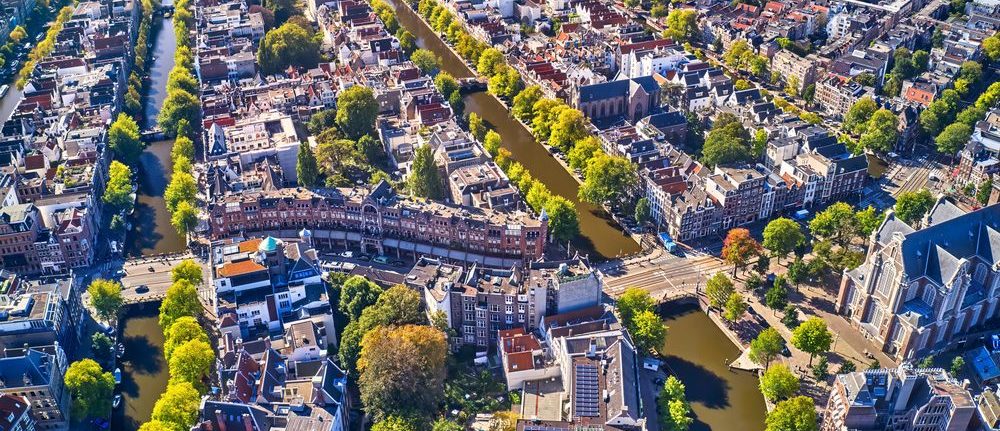
Amsterdam canals
Discover the rich history behind Amsterdam’s canals, including the oldest canal and the origins of the unique canal system. Leer over de bezienswaardigheden langs de grachten, waaronder beroemde gebouwen zoals De Oude Kerk en musea zoals Het Rijksmuseum. Furthermore, we share tips for cruising the canals and options at Boat Outings for unforgettable boating experiences. In this blog we tell you all about canals Amsterdam.
The origins of Amsterdam’s canals
The origins of Amsterdam’s canals trace back to the city’s medieval center, which today remains a prominent part of Amsterdam’s rich history. The formation of Amsterdam’s canals began in the late Middle Ages, around the 13th century, when Amsterdam developed into a hub of trade and shipping. The first canals were dug as waterways to transport goods and as protection from floods. As the city grew, more canals were built, often parallel to existing waterways, to accommodate the growing needs of trade and transportation.
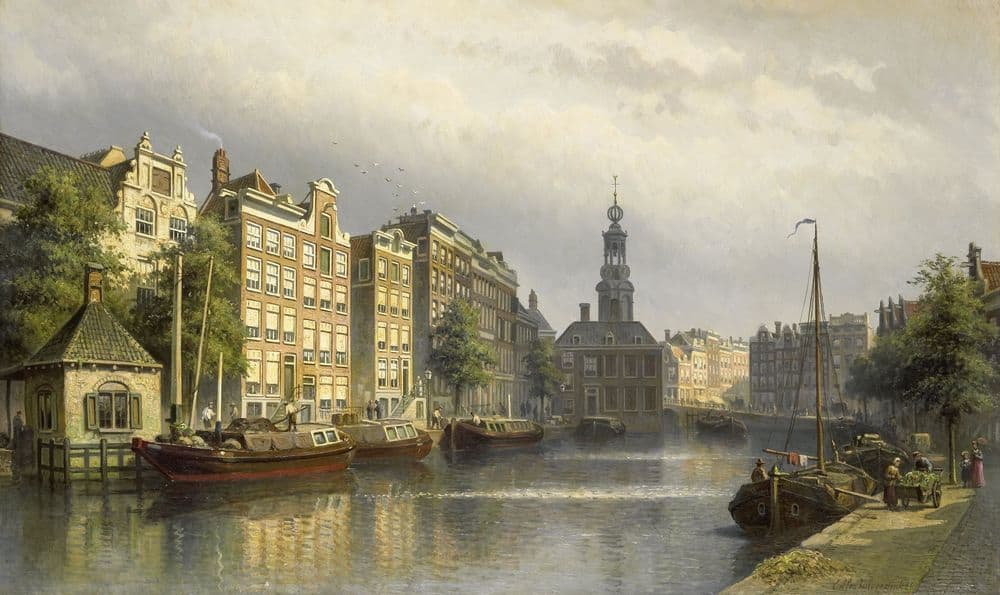
What were the canals in Amsterdam used for?
Amsterdam’s canals were originally used for transportation, trade, drainage and as protection against flooding.
Today, Amsterdam’s canals have several functions. They are still important waterways for both recreational boating and commercial shipping. In addition, they contribute to the unique atmosphere and appearance of the city, so they do serve tourist purposes. The canals also serve as part of city design to naturally drain water and prevent flooding. Moreover, the canals are used for events, festivals and cultural activities that enrich the vibrancy of downtown.
How many canals are there in Amsterdam?
There are more than 100 kilometers of canals in Amsterdam.
The canals are an iconic feature of the city and an integral part of its history and urban design. The three main canals are the Herengracht, Keizersgracht and Prinsengracht. These three Amsterdam main canals run through the historic center and are lined with stately mansions, bridges and quaint streets.
As for the most beautiful canals in Amsterdam, the Brouwersgracht is often mentioned as one of the most picturesque and charming. In 2007, the Brouwersgracht was even officially named the most beautiful canal in Amsterdam. The canal is surrounded by historic buildings and offers picturesque views of the water and surrounding architecture.
Amsterdam is not only the capital of the Netherlands, but also the largest city with the most canals in the country. These canals remain an important aspect of Amsterdam’s cultural and urban heritage, attracting millions of visitors annually from all over the world. Explore the beautiful canals in our capital city.
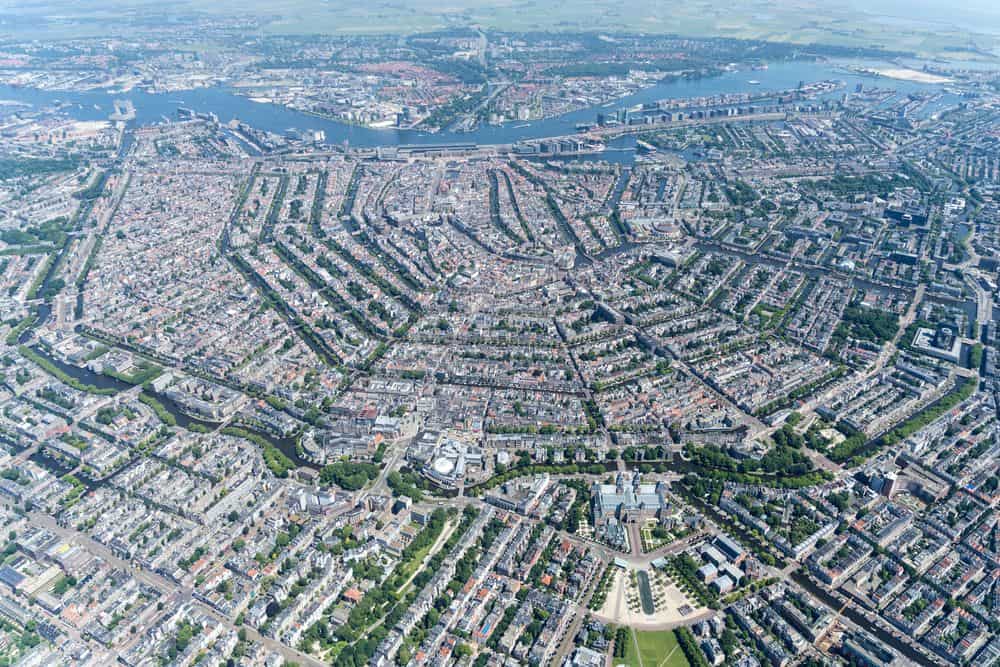
What is the oldest canal?
The Singel is the oldest of the four main canals in Amsterdam and originally constructed as a city wall in the Middle Ages to protect the city. Later, this rampart was transformed into a moat. At the time, the Singel surrounded the medieval city center and acted as the city’s boundary. Over time, Amsterdam grew beyond this boundary and other canals were constructed, such as the Herengracht, Keizersgracht and Prinsengracht.
These oldest canals, along with many other secondary canals and canals, make up Amsterdam’s extensive canal network. They have witnessed the city’s development, commercial history and cultural changes over the centuries.
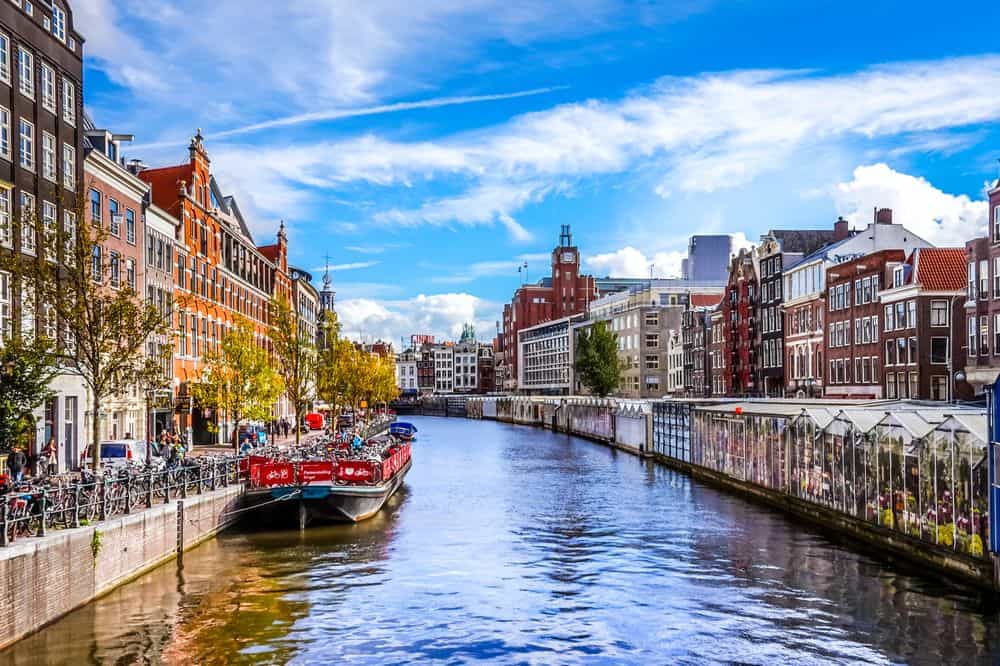
What is the inner canal of Amsterdam?
Amsterdam’s innermost canal is the Singel.
The Singelgracht is located around the historic center of Amsterdam. It is the inner ring of canals that originally served as a city wall and was later transformed into a moat. The Singel runs along the edge of the medieval city center and has played an important role in Amsterdam’s urban history.
The order of the canals in Amsterdam
The order of the canals in Amsterdam is often remembered using the mnemonic: “Piet Koopt Hoge Schoenen.” This mnemonic represents the four main canals of Amsterdam, with the initial letters of the words corresponding to the names of the canals:
- Piet: Prinsengracht
- Koopt: Keizersgracht
- Hoge: Herengracht
- Schoenen: Singel
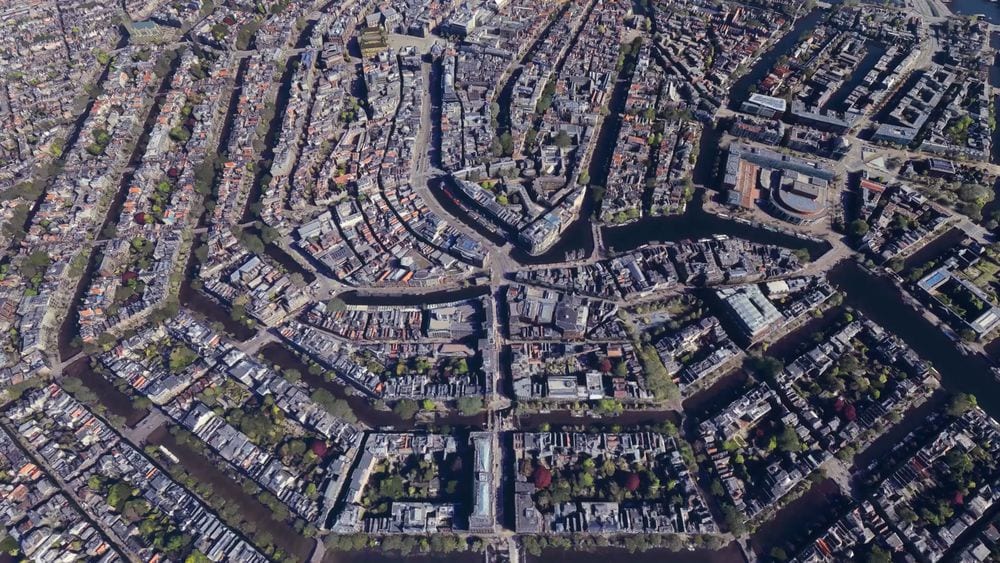
What is the most expensive canal in Amsterdam?
The most expensive canal in Amsterdam is generally the Herengracht. This canal is considered the most important moat.
The Herengracht is one of the most prestigious and exclusive canals in Amsterdam. The high prices of properties on Herengracht are the result of several factors. First, the Herengracht is one of the four main canals in Amsterdam’s historic center and has a rich history and architectural heritage. The moat is lined with imposing mansions and stately buildings, often seen as status symbols.
Second, the Herengracht location is highly desirable. The moat is located in the heart of downtown, close to major attractions, shopping and cultural amenities. Moreover, the scarcity of available land and properties on the Herengracht is an important factor in determining the high prices.
The Widest Canal
Amsterdam’s widest canal is the IJ, which is more of a waterway than a traditional canal. The IJ is an important body of water that runs along the north side of the historic city center and connects the city to the IJsselmeer. Although not strictly a canal, the IJ is often mentioned in the context of Amsterdam’s water landscape because of its size and function as a shipping route and waterway.
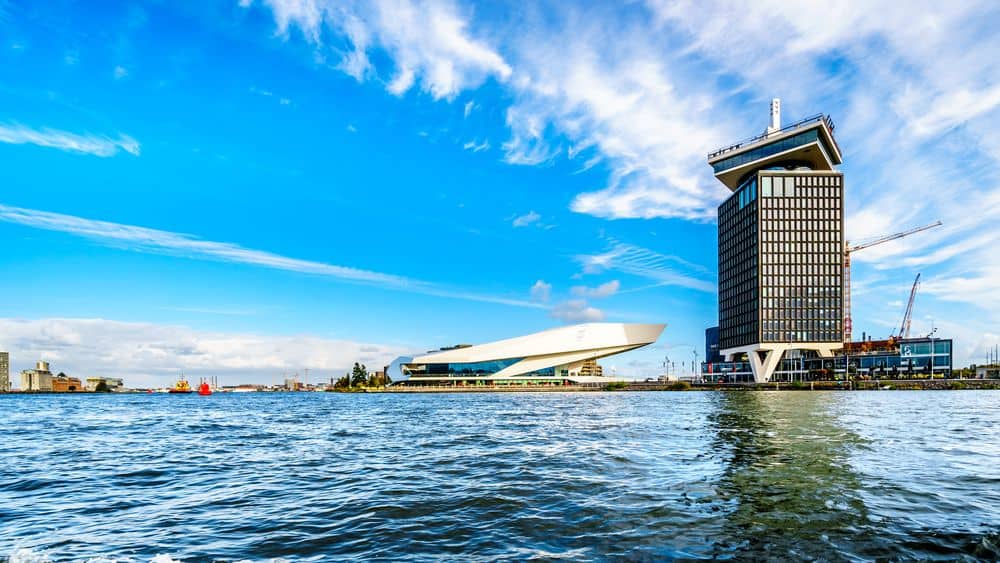
How deep are the canals in Amsterdam?
The depth of Amsterdam’s canals varies, but in general, most canals are between 2 and 3 meters deep. However, the exact depth may vary depending on location, width of the moat and other factors.
The Amsterdam Canalbelt
Amsterdam’s ring of canals is an extraordinary historical and architectural phenomenon that has gained worldwide recognition. This unique urban layout, consisting of a network of canals, bridges and beautiful mansions, is the heart of downtown Amsterdam. It symbolizes the prosperity, ingenuity and urban planning vision of Holland’s Golden Age. Amsterdam’s canals have been on UNESCO’s World Heritage List since 2010.
Amsterdam’s ring of canals includes four main canals that surround the old city center as concentric semicircles:
- Singel: The inner moat that originally served as a city wall.
- Herengracht: The second canal, known for its beautiful mansions and stately architecture.
- Keizersgracht: The third canal with a similar wealth of historic buildings.
- Prinsengracht: The outer canal of the circle, again surrounded by characteristic buildings.
Sightseeing along Amsterdam’s canals
Along Amsterdam’s canals, an enchanting landscape of historical beauty and cultural richness unfolds. These picturesque waterways traverse the heart of the city, offering a unique view of Amsterdam’s rich history and vibrant present. A special way to explore these sights is by boat. As you cruise along the rippling water, you will pass by some of the most iconic and fascinating sites the city has to offer. Similarly, many houseboats can be found along the canals.
Bridges over Amsterdam’s canals
Along Amsterdam’s canals are several remarkable bridges that are not only functional, but also contribute to the city’s atmosphere. De Magere Brug, een gracieuze dubbele ophaalbrug over de Amstel, is iconisch en straalt vooral ‘s avonds een romantische ambiance uit. The Blue Bridge offers fine views of the surrounding area and the Skinny Bridge. The Torensluis bridge, one of the oldest in Amsterdam, spans the Singel canal and has historical value. The Staalmeester Bridge, which crosses Herengracht, is named after a former fabric inspection building.
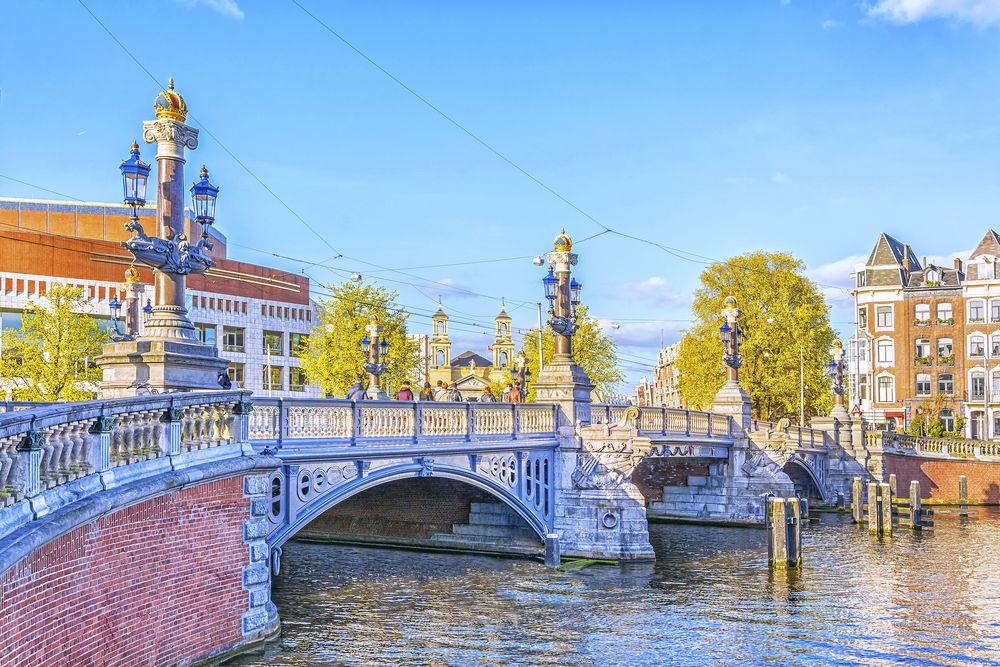
Famous buildings and museums along the canals
The Oude Kerk
This imposing building is not only the oldest surviving building in Amsterdam, but also a symbol of the city. Located on the Oudezijds Voorburgwal, the church has a unique beauty enhanced by its historical value.
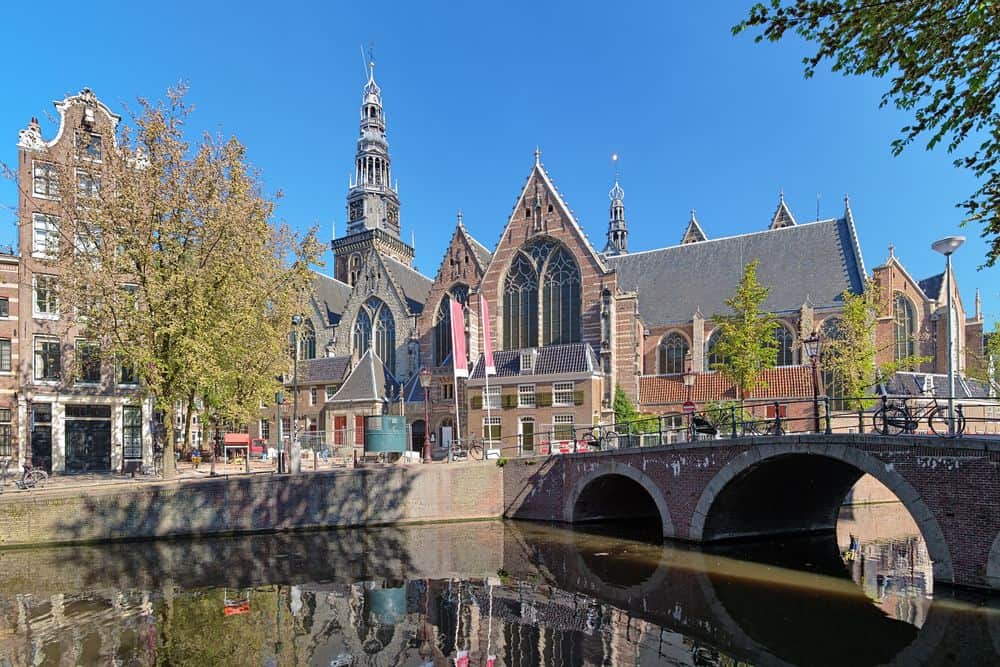
Nemo Science Museum
Located on the Oosterdok, this modern and interactive museum is a paradise for curious minds. The striking green building offers educational and fun exhibits on science and technology.
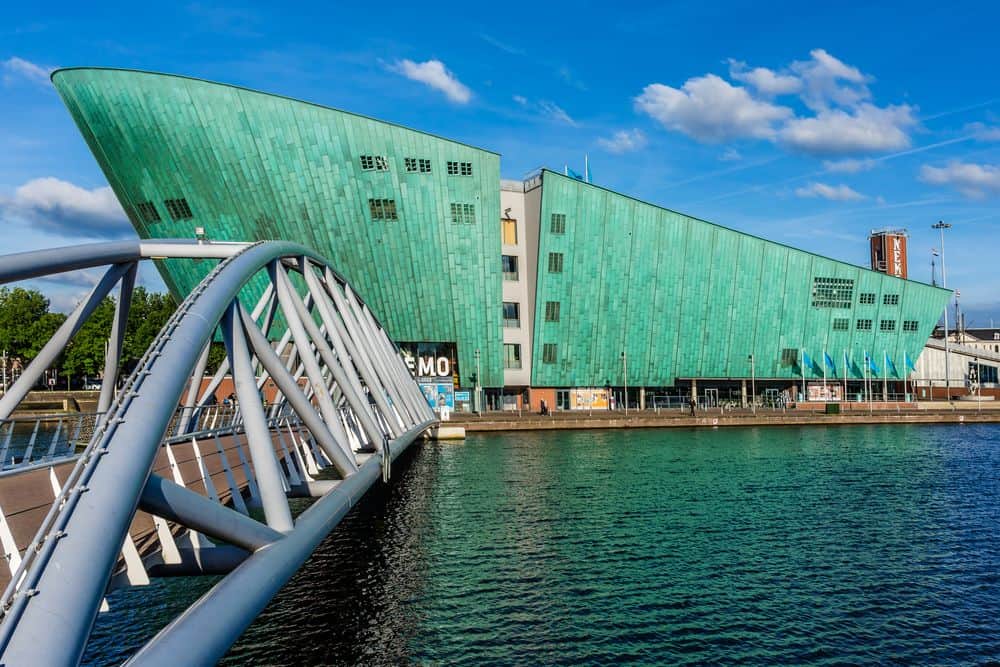
The Rijksmuseum
Located on Museumplein and along Stadhouderskade, this famous museum is home to an extensive collection of Dutch masterpieces. The Rijksmuseum is one of the most visited museums in the world.
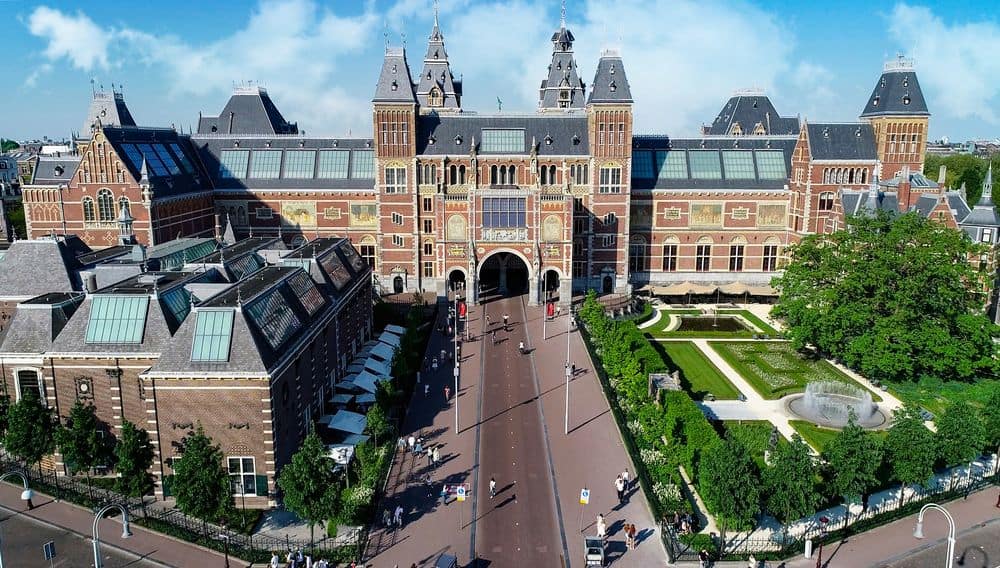
The Anne Frank Huis
This memorable building on Prinsengracht is where Anne Frank and her family hid during World War II. It is now a museum dedicated to her life and the story of the Holocaust.
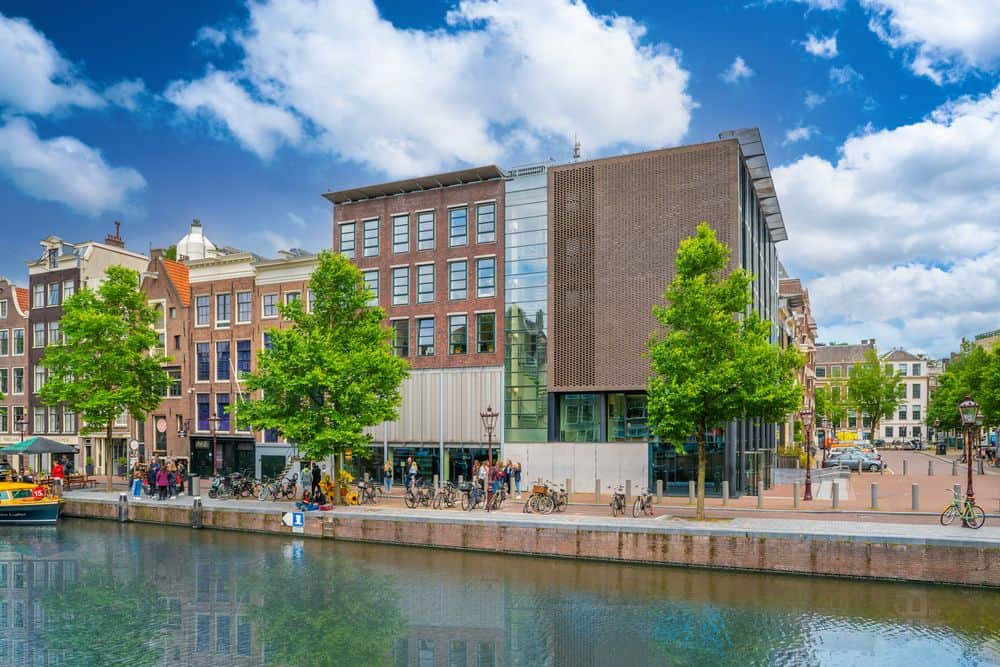
The Westerkerk and Westertoren
Along the Prinsengracht are the Westerkerk and the famous Westertoren. This church tower is an iconic symbol of Amsterdam and offers stunning views of the city.
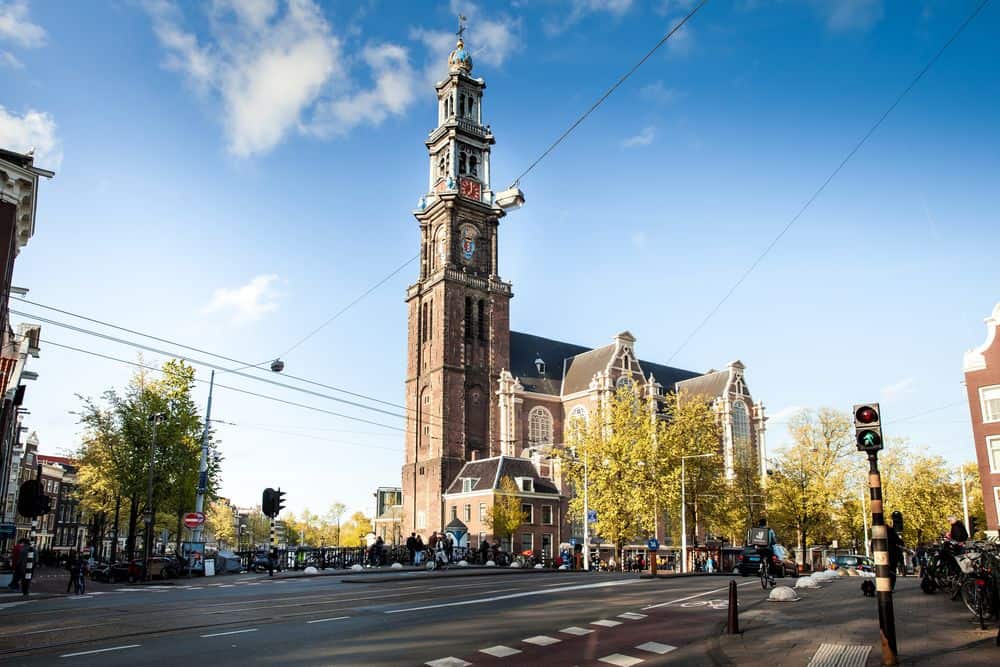
The Scheepsvaartmuseum
Located at the eastern end of the Oosterdok, this museum takes visitors on a journey through Dutch maritime history. It is located near the eastern islands of Amsterdam.
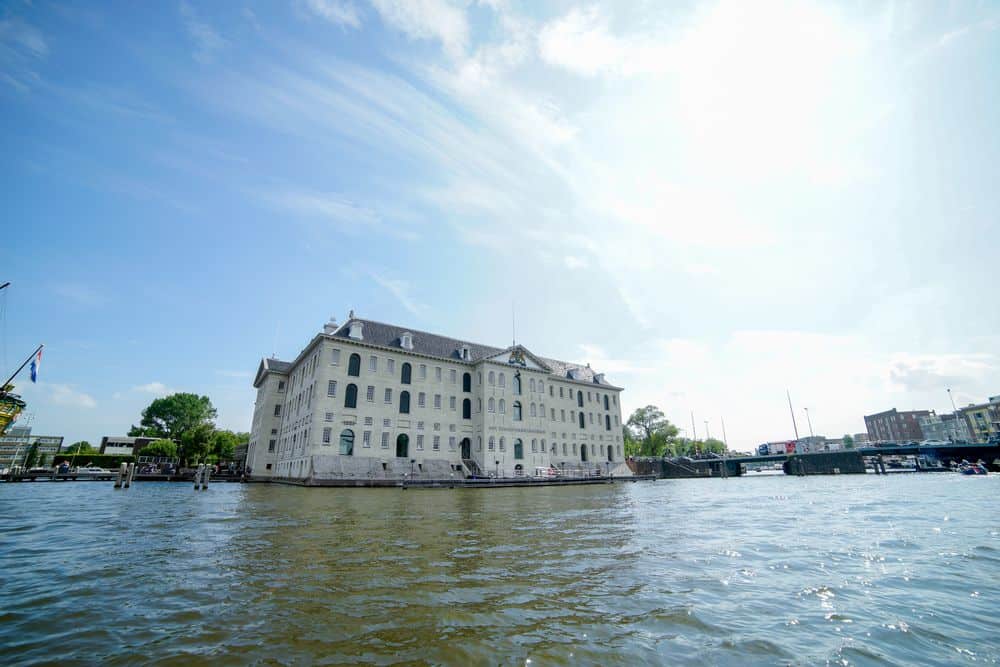
The Red Light District
Along the canals of the Oudezijds Voorburgwal area is the famous Red Light District, with its unique atmosphere and characteristic illuminated windows.
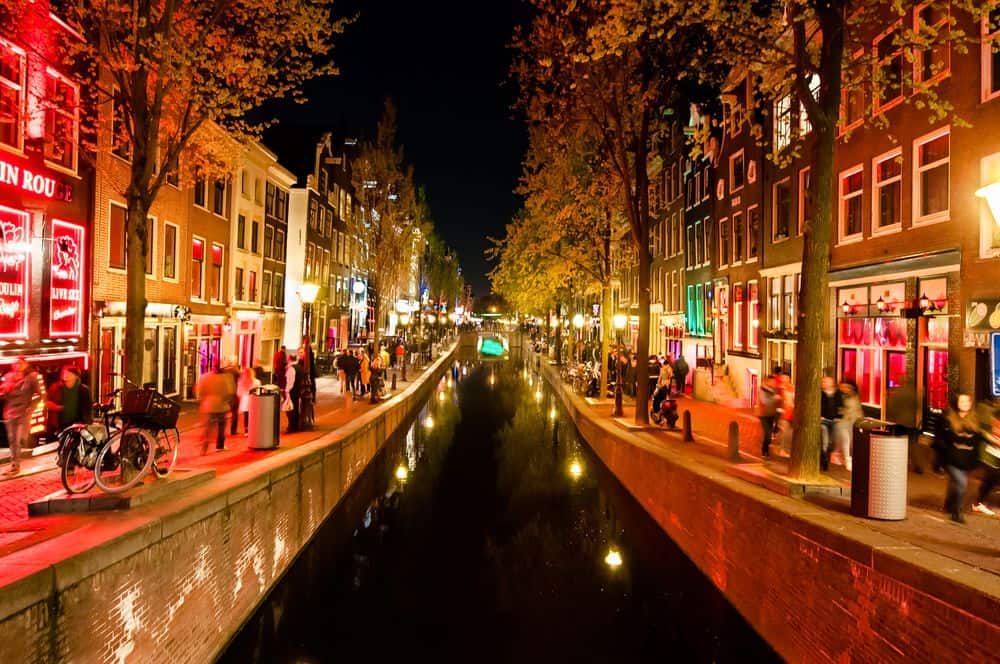
Casa Rosso
A well-known erotic theater along the canals of the Red Light District, this is a symbol of Amsterdam’s liberal character.
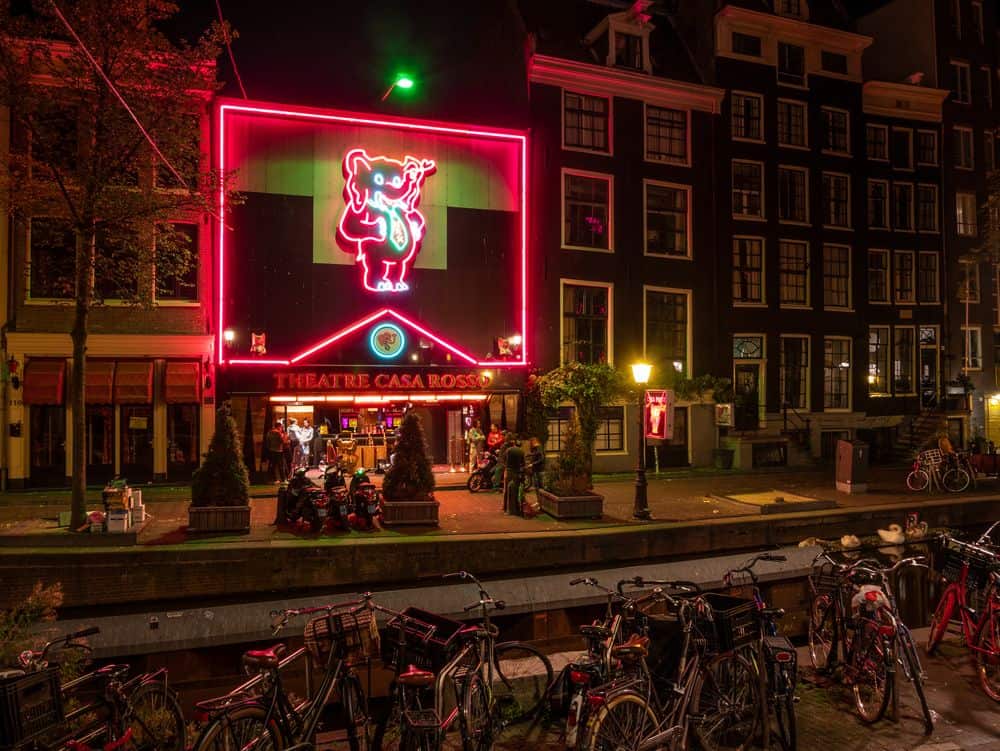
De 9 Straatjes
Between the canals, such as Herengracht and Keizersgracht, are “the 9 Streets. This charming area offers an array of boutiques, restaurants and specialty stores.
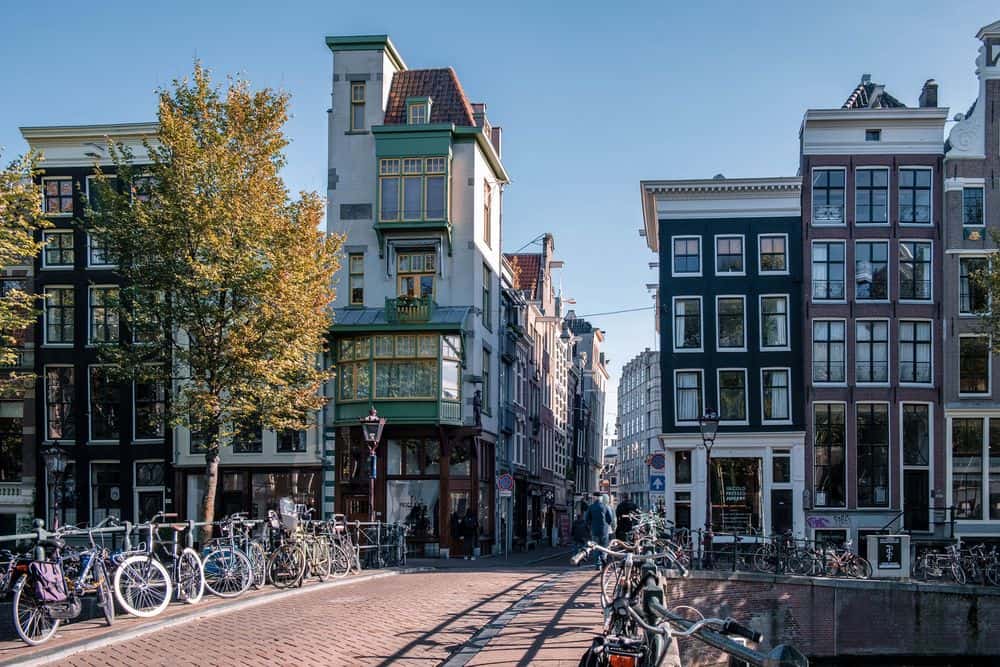
The Gay Monument
This monument on Westermarkt commemorates the history and struggles of the LGBTQ+ community and has special significance for the city of Amsterdam.
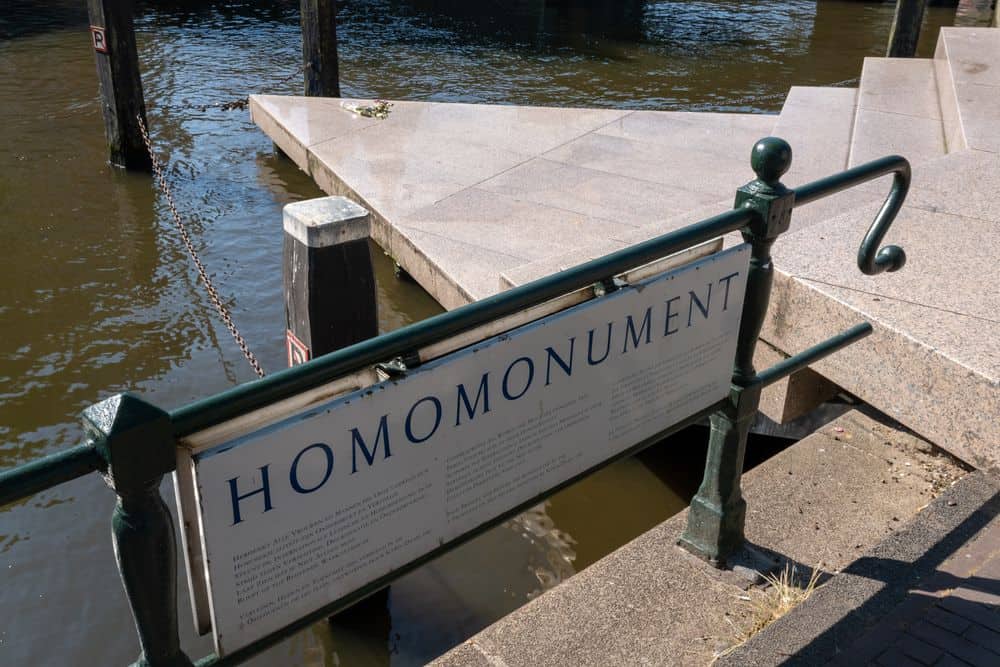
Cruising through the Amsterdam canals
Cruising in Amsterdam is an enchanting experience that reveals the unique beauty of the city from the water. With Bootuitjes.nl, you can enjoy this wonderful experience with various packages and luxury options. Whether you choose a relaxing cruise on an elegant sloop or a comfortable salon boat, Bootuitjes.nl offers the perfect way to explore Amsterdam’s picturesque canals and iconic sights. There are several sailing routes for this.



